Mallow Flower and Blue Herbal Tea --- Painting Finished --- Original Art By Red Dust
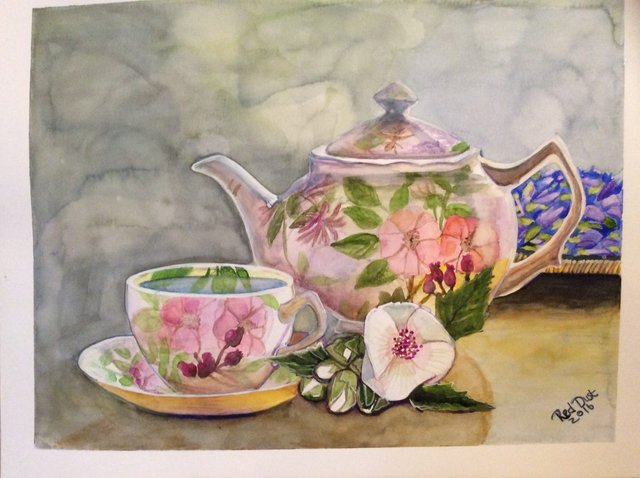
Depending on the Mallow plants environment it can be an annual, biennial or perennial, with the ability to withstand harsh environmental conditions. I think the plant passes it's strength onto those who eat it for medicine or food, we get to absorb some of the chemicals that make this herb able to withstand extreme environments. Much like the Stinging Nettle, the Common Mallow is one of the first plants up in the spring and one of the last plants to wilt from hard frost, unlike the Stinging Nettle, which can't handle frost.
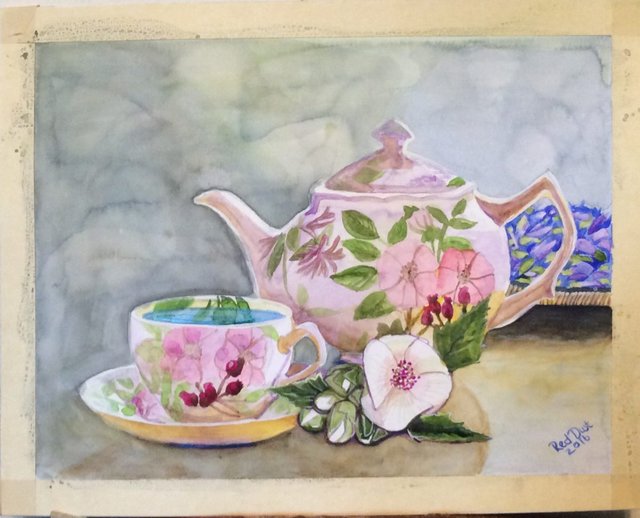
The Wild Mallow plant is so hardy it can take root in just about any abandon area from sandy soil to hard clay. It has a long taproot, which aggressively seeks out nutrients and water. The Mallow or Malva comes from a very large family of plants called Malvaceae, a few plants are familiar to me like okra, hibiscus and cotton.
From stem to seed, all the parts of the mallow are edible, including their green leaves, which act as an anti-inflammatory agent, a mild laxative, soothes raw throats and helps clear congestion from the lungs and sinuses.
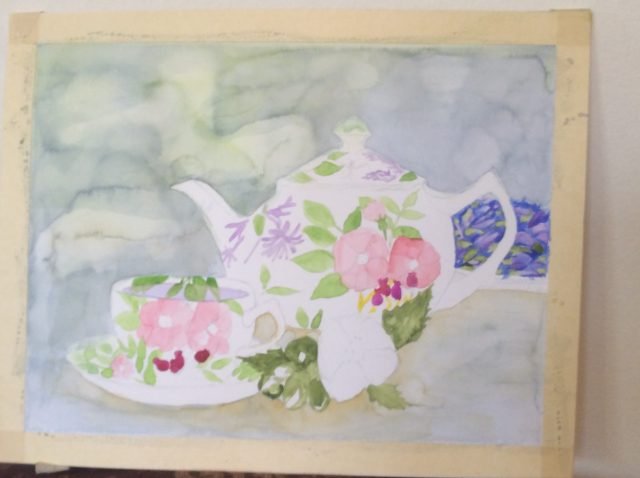
From the Romans like Pliny the mallow was used as a juice taken daily to prevent almost all illnesses known in their time. Many people in Europe throughout its long history have used mallow for food and medicine, the herb was known to sooth what ails you. In China Mallow was cultivated as a vegetable as far back as pre-Han dynasty .
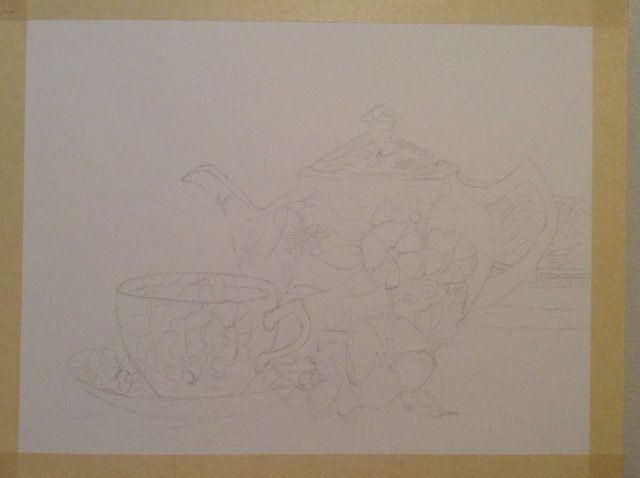
Mallow seeds were brought from Europe to the Americas as a vegetable and famine food because it is one of the first plants to come up in the spring.
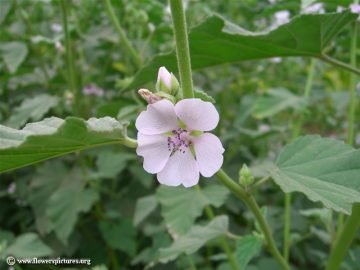
The Blue Mallow is related to the Althaea Officinalis species that is cultivated for its root, which has mucilaginous substances and used by common folk to relieve sore throats, coughing, and asthmatic symptoms.
Long ago the Egyptians figured out how to extract the mucilage and transform it into our first marshmallows. The extracted mucilage substance was cooked and whipped with sugar, which was allowed to dry into a white, chewy, sweet candy.
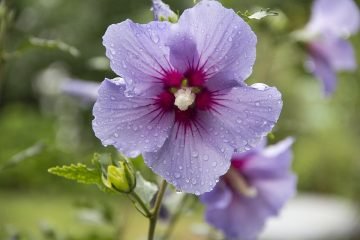
Foraging for mallow you only need a few leaves to make a large meal for salad or steamed greens. If you gather more leaves than you need you can store them in a plastic bag in your refrigerator where they will last as long as a bunch of collard leaves. That is how hardy they are!
You can use the leaves in your favorite green smoothy recipe, they have a mild astringent taste, the wild common mallow has a bit of a bitter after taste compared to its relatives that we see in our gardens.
You can pick the flowers and let them dry, especially the blue mallow flowers, which hold onto their color and pass on their beautiful blue color to your tea.
Bring 16 oz of water to a boil, add 2 tablespoons of dried mallow flowers, let boil for two minutes and sieve out the flowers when serving. You can add anything you want to this tea, including other herbs and fruit, like mint and lemon balm with some honey.
Blue Mallow Profile
Blue Mallow Tea
A Brief Medical Overview
Excellent site with photos and data on the large mallow family.
How to grow Mallows.



Sorry for being late with this upvote. A big ice storm created a lot of problems here on the @foraging-trail!
Upvoted by @foraging-trail
Thank you for following and upvoting @foraging-trail
You can find out more about the Steemit Foraging community and guidelines for being upvoted by the @foraging-trail here and here. Join us In the Foraging-Trail and let's discuss Foraging Related Topics
What a great post about a great plant! I've been preoccupied in dealing with a big ice storm, so I missed this post earlier.
Your Blue Mallow seems so refined, compared to the Common Mallow (Malva neglecta) that is such a weed in gardens and disturbed places. I eat the neglecta regularly.
I really like the blue tea in your teacup, too. Your book is going to be so great!
Thank you, I've gotten such great pleasure sharing my interests and art with folks of similar interests. I need to add to the text that like okra, the seeds and leaves can have a slimy texture when cooked.
Okra is a mallow, alright! That slickness/sliminess is one reason I usually mix mallow with other plants, either in a salad or in mixed cooked greens.
Sorry for the delay in upvoting. There was a big ice storm that disrupted curation for the @gardening-trail since last Wednesday.
Upvoted by @gardening-trail
Thank you for following and upvoting @gardening-trail
Read our guidelines here. Join us In the Gardening-Trail and let's discuss Gardening Related Topics
I love this post - thanks for making contact on my post- I love herbs and I love what you are writing and painting - I which I could grow herbs in my N Facing apartment - but unfortunately no - although their is mallow growing in the Denver Alleys - next spring perhaps I will gather some. Blessed Be. I followed your blog - I have to go to work now but look forward to reading more of your stuff.
Thank you for your support, if you can forage for mallow make sure the environment is clean. Unfortunately the plants can also pass on the poisons they take up from their environment....if you have wild areas near you that are clean you can gorilla garden, toss out seeds and help them grow....blessed be to you and yours!
You are a great my great friend @reddust, today she has given us two gifts, this beautiful work and the opportunity to discover more to the mauve, magnificent work an excellent story. Congratulations.
Thank you friend @jlufer, I really like how this painting turned out! Next year I am going to grow some Mallow flowers in my garden.